Who buys a Jaguar saloon? From about now, nobody will - at least for a while, because this is one of the last of the current four-door Jaguars that will be built, prior to a hiatus for this so-traditional style of car whose replacement still lingers some time off in the future.
But who has been driving them up to this point? And what's the appeal? We know that a four-door Jaguar is coming down the line, but the next one will be electric and, word is, far more expensive than any previous one. Will former customers still want such a thing?
To investigate, I've got into one of the last of the current breed. The Jaguar XF is a car we've liked very much since the first version was launched in 2007, when we said it was a "job done" and the "world-class" car Jaguar needed and just at the right time, with both manufacturer and model achieving their goals.
The XF was Jaguar making a sleek and good-looking, fine-riding and great-handling, well-priced and seemingly well-assembled saloon car. Just like it needed to.
We still like it 17 years and a second generation of XFs later. It remains one of the best-handling cars in its class, and the XF's consistency with that has given its drivers something to smile about.
What Jaguar has managed less well is to make cars that convince millions of people to buy one; it has not followed up a brilliant initial offering, like the XF, with other derivatives straight away. Jaguar has never - and this is why the XF is one of the brand's last saloons before it reinvents itself as a luxury electric car maker - sold enough cars.
So what went wrong? By way of research, I'm going to visit some haunts of famous Jaguar owners to see if I can get some insight into what makes them tick. Find, perhaps, who Jaguar needs to talk to.
I have much to ponder, then, while standing on a street in Hammersmith, west London, looking at an Edwardian (or Victorian - sorry, no expert) terrace in front of me, with a very similar-looking house behind me. Except the one behind is from the reign of Elizabeth II and wasn't a house at all as recently as the 1980s. It was a used car lot, in fact, owned by one of the most famous Jaguar owners of all. Fictional, yes, but a bona fide Jag driver. I give you Arthur Daley.
Arthur Daley: used car salesman, general wheeler-dealer and "mid-level professional criminal of mature years, a minor conman", according to a glowing Wikipedia biography.
If one was to draw up a list of fictional characters you would consider 'lovable rogues', there's a strong chance George Cole's Arthur Daley from Minder would be on it.

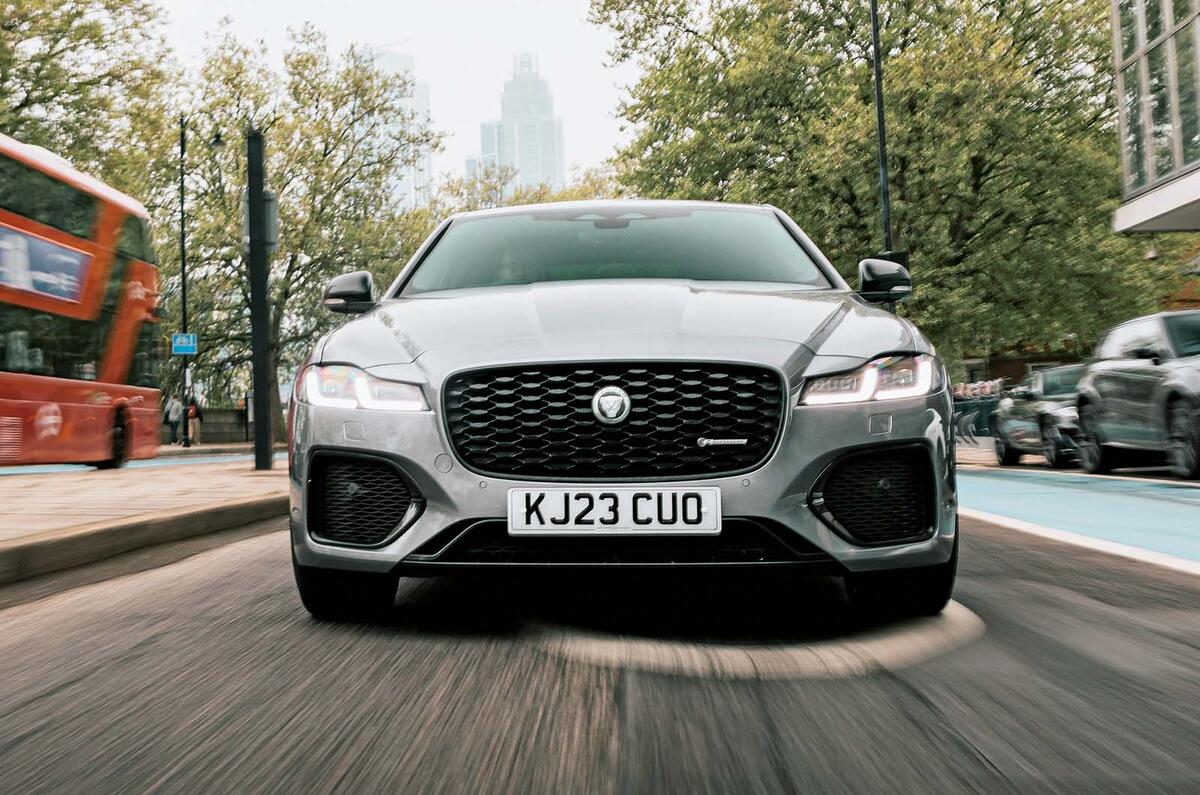












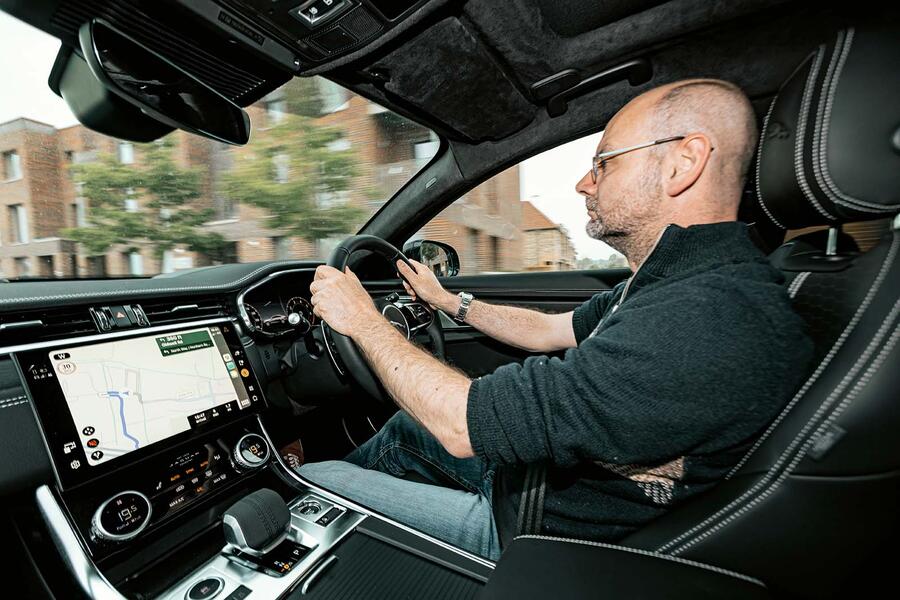
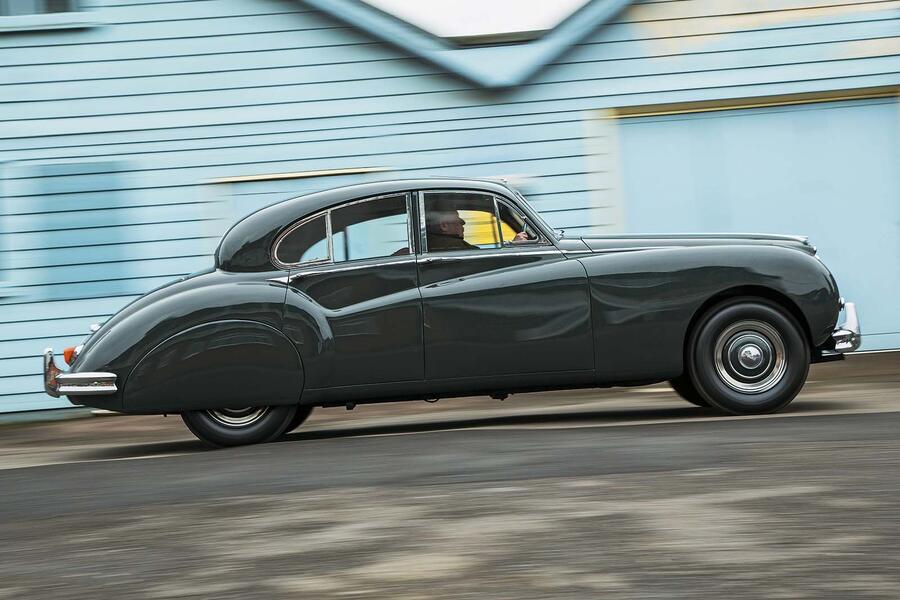

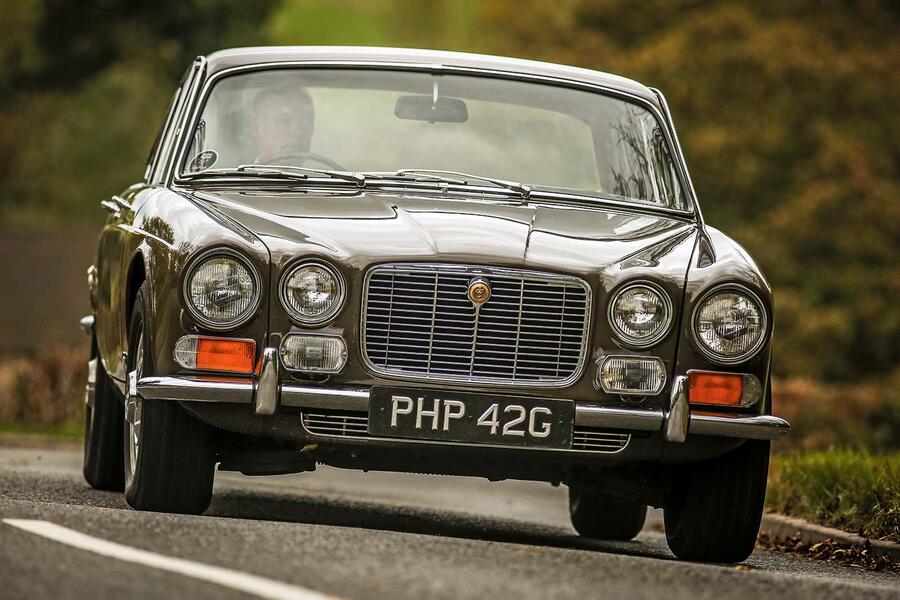
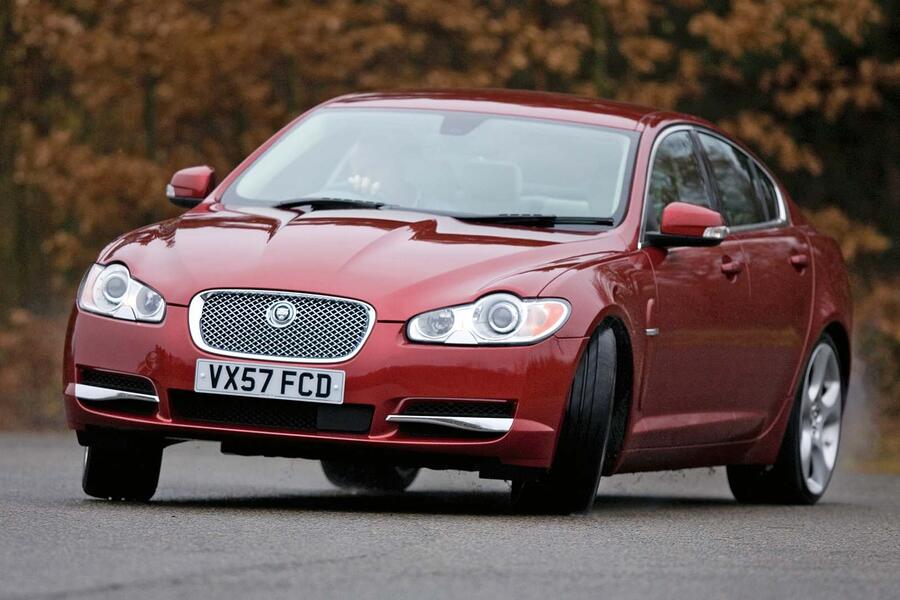





Join the debate
Add your comment
I loved the article - Matt has so got under the skin of Jaguar saloons and (at least some of) their owners - he just gets it! Speaking of which,,,
CrushaFella protests way too much (and at far too great a length!) but I appreciate harf's drawing of a parallel with Alfa Romeo. Like Alfa, Jag at their best are just brilliant but at their worst are awful. I had a phenomenal 1999 MY V8 XJR (the X308 generation) and currently have a 2017 MY XE Portfolio - the middle (180 PS) diesel as I had a 100-mile a day round trip commute when I bought it. I'll be moving it on in November when the new Alfa Romeo Giulia Quadrifoglio I have on order is due to arrive (I no longer have the commute). (And the XE and Giulia are still the two best looking sports saloons around even after eight years in production.)
A good Jaguar (like a good Alfa) is all about soul. There's a reason I also currently have a 2009 MY Aston Martin V8 Vantage and a 2019.5 MY Jaguar F-Type (but not a 911 in sight), a Lotus Emira on order (but not a Cayman) and the Giulia Quad on its way (but not an M3). You can pursue absolute technical excellence, or you can choose something pretty close to that but which also has character and soul and will make you feel alive. In that respect, cars are like people - some are objectively great but just don't light your fire; others also reach in and grasp your heart and soul. You elther get it or you don't, and if you don't there's no point trying because you never will...
The reason the XF Mk2 bombed is very simple, compared to the rakish Mk1 it looked like a big Cortina. It looked bigger than it actually was - epic fail. No wonder it sent buyers flocking to BMW.
The issue with Jaguar is quite obvious. Their cars when first introduced had the cheapest looking interiors in the segment. Look at the atrocious dash on early XF, XE, F-Pace cars. It was a tiny slow responding screen sandwiched between a sea of plastic and big cheap looking buttons. They didn't bother to design decent looking headlights unless you spent extra which meant you could see high dollar Jaguar models running around with rental spec halogen headlights. It cheapened the entire look of the car. Then there was the ugly analog gauge cluster that looked like it had been designed in 1990 with a small trip computer display that even set to the dimmest level would nearly burn your corneas out at night. The XE and XF looked far too similar and honestly I never thought they were much to look at. They looked like the Ford era Mk1 XF which while not ugly, was nothing expensive looking. Then there was the engines and transmissions. The initial batch of XE and XFs came with Ford's rather boring and unrefined 2.0T I4 that barely felt adequate. Then came JLR's Ingenium I4 which didn't feel like any improvement. It was not good sounding, not particularly fuel efficient and it felt way less powerful than the comparable German spec car. The heavy and out of date AJ126 was the upgrade engine and it too idled roughly, guzzled fuel, and was known to be quite problematic. It was not a refined engine compared to the sonorous N55 or B58 from BMW, nor did it have the deep low end torque reserves of Audi's equal displacement but totally different EA837 3.0L Supercharged V6. I've owned cars with all of these various 6-cylinder engines and the BMW B58 is by far the best overall, but the EA837 is a close second. The AJ126 is far away the worst. Mercedes' M276 twin-turbo 60° 3.0L V6 is decent, but not as good as the other Germans engines in my opinion, but still better than the Jag.
Then we come to the big issue. Jaguar's XE with the 380HP V6 was the top spec model. They didn't bother to make an M3 baiting rival, instead they did the very limited production and so overpriced XE Project 8 that nobody wanted at its price. Whereas BMW knows how to program the ZF 8HP transmission to be both supremely smooth or lightning quick, Jaguar didn't manage to do either with their tuning. It was rather clunky at low speeds, while wide open throttle was met with shifts that just slurred from one to the next gear. None of the fuel cut shift farts or dual clutch like precision you get from an RS4, M340i, or M3. In the XE they never followed up the first generation XF-R which meant there was no M5/E63/RS6 rival, nor did they even design an M550i/S6/E550/E53 rival. The diesels weren't any better than their Ingenium petrol brethren.
JLR's new Ingenium I6 never got to be used in any of Jaguar's models besides the F-Pace where it has been quite underwhelming. They designed an all new straight six engine just to muffle it to complete silence and with all of the complex MHEV components it doesn't even weigh less than the old V8-2 cylinders AJ126. It is no surprise to me that Jaguar has struggled. If they had designed some truly desirable models from right at the beginning of the model introductions they could've been much more successful, but waiting years to fix fundamental failings with the interior and perform subtle nips and tucks to the exterior was too little, too late. I won't even mention the absolutely atrocious E-Pace. That vehicle is so horrendous I would honestly be embarrassed to put my name on that car. It's ugly, cramped and an absolute disaster to drive. Talk about cheap fittings, the interior looks like it would belong in something Eastern European, not a luxury-priced English car. It's also so heavy that it weighs more than the larger F-Pace which itself was already one of the heavier vehicles in the class. It made no sense as a product. It was priced more against an X3 but was more cramped than an X1 and was based on the front drive architecture of the Discovery Sport and Evoque. Was this supposed to be an XE SUV? It sure wasn't one if that's what they hoped for. The F-Pace should have been positioned against the X3 in price and could've found more homes, but being priced against an X5, Q7 and GLE, all of which are roomier and seem much larger it was destined to fail. If I could have taken over the reigns of Jaguar I honestly think I would've been able to save the brand before the resorted to this ill conceived plan to go even further upmarket where they will not be successful. Jaguar could've been a BMW rival had they done some things differently. Reliability is still a JLR sore point and without fixing that reputation they will continue to struggle.
Great post. Comprehensive and accurate, sadly.